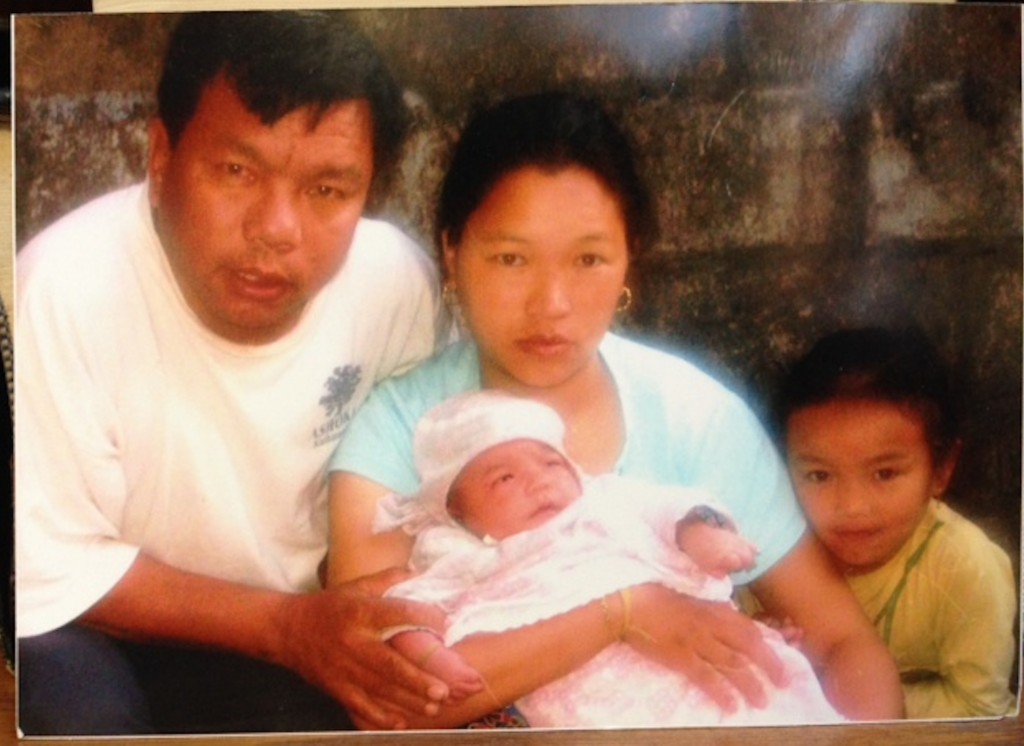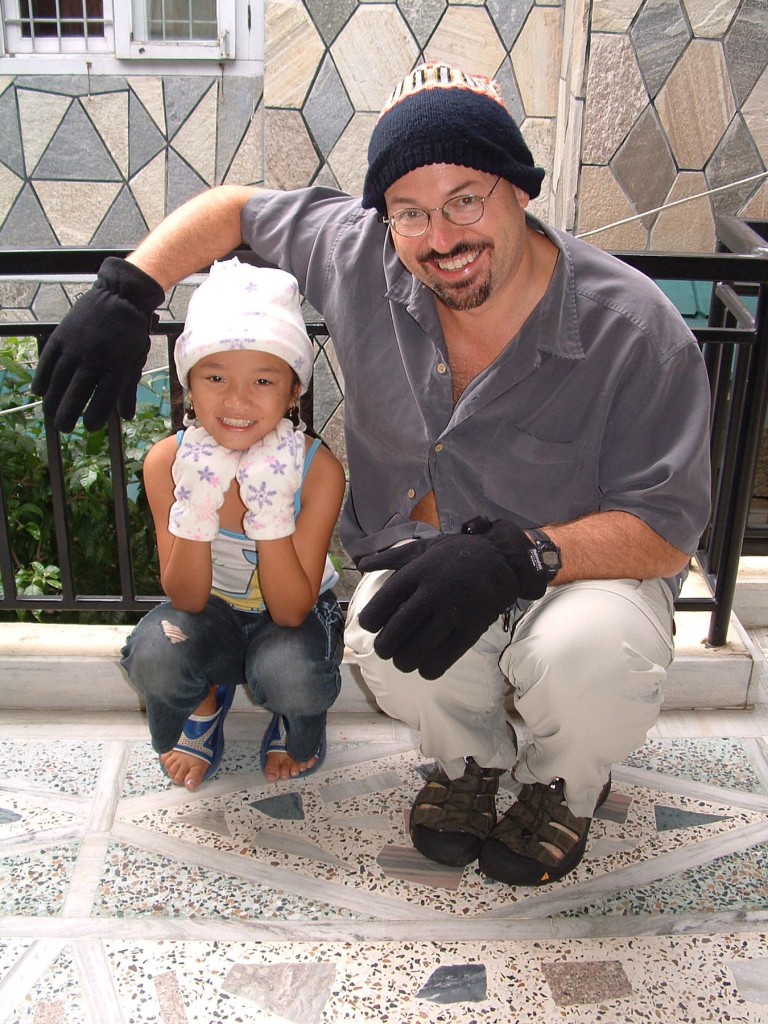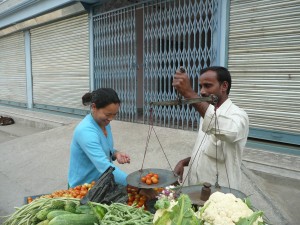I met Ommaya and Juna in 2002 the first time I went to Pokhara and stayed with Mahabir Pun and his family. Juna was four years old and spoke English well. She was curious but also shy and even at that young age she studied long hours after school. She takes after her mother, especially in temperament. Ommaya was shy and did not speak English well. My Nepali was far worse then her English so communication was laborious. But during that visit and future visits I was able to witness the family’s interaction. They were surprisingly traditional. I guess I expected Mahabir’s wife to be non-traditional. I thought she would be someone who had an advanced education and worked outside the home. But he is a very traditional Nepali man with respect to family life.
Ommaya is a homemaker and mother. The birth of their second daughter occurred February 19, 2005. Jharana Pun is the spitting image of her father in looks and temperament. She is fluent in English and her native language. She is also a thinker. She and I spent several days together in the fall of 2012. Looking over my shoulder she would correct my English grammar and spelling as I typed emails and articles. Even worse, she mercilessly corrected my Nepali…and she made no secret of her dissatisfaction with my language skills.
Both daughters are educated in private schools in Pokhara. They are better educated and more worldly then their Nangi counterparts. I asked Mahabir why he doesn’t live in Nangi with his family because he advocates for rural living and education. His explanation is best shared in his own words. “The only reason I put them in Pokhara is because I don’t have my own house anywhere where they can stay. As you know I stayed with my cousin in Nangi for many years. My mother is staying with my sisters and brother’s wife in Chitwan. In this way I thought that Pokhara is the better place for my family to stay so that I can get to meet them more frequently. I could not have met them so frequently if I had put them in Nangi or Chitwan.”
Join me next week and read how Ommaya manages the long separations from Mahabir due to his travels and how this traditional, yet modern family function as a unit despite the distance.



